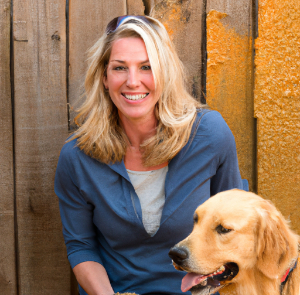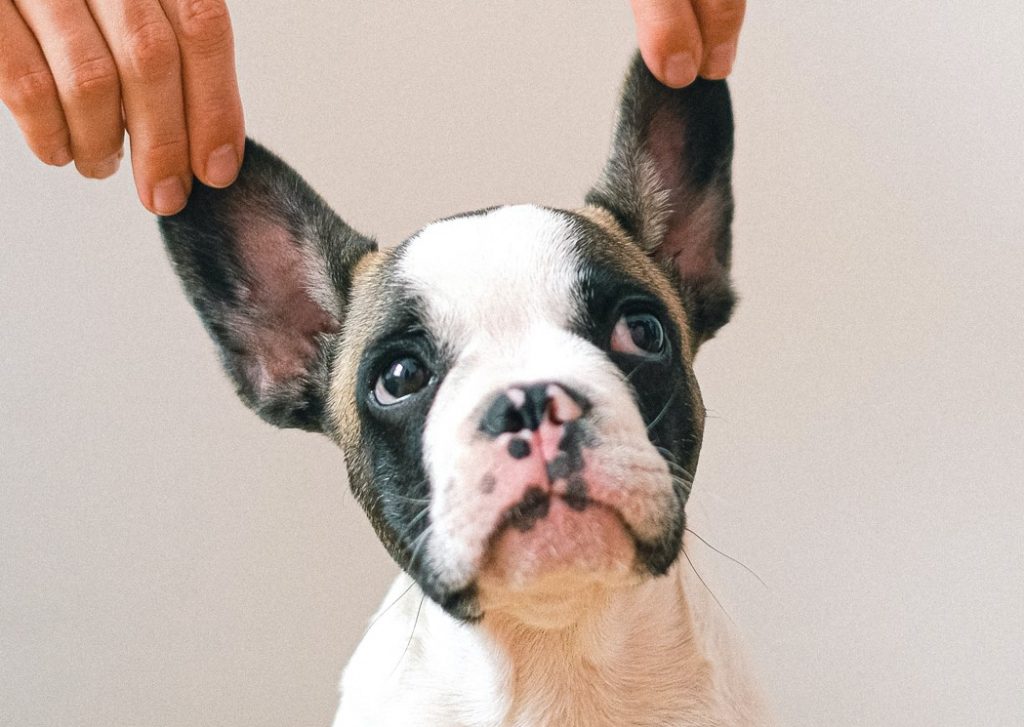
The shape of a dog's ear can give us an indication of the care it needs. Dogs have different ear shapes that require various levels of grooming attention and understanding their anatomy is important for proper care. Here are some key points to consider when looking after your pet's ears:
- Free airflow around the ears helps them stay dry and clean, reducing risk for infections
- Ear shapes that cover the ear canal need more frequent cleaning (at least once a week) due to humidity build up in the canal
- Knowing how the ear is constructed helps us understand why certain types of grooming are necessary
Examples of some of the most common types of ears and their distinctive shapes can be seen across many different species:

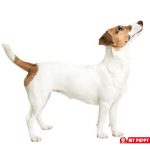
Button-shaped ears are seen on some of the most popular breeds, such as the Jack Russell and the pug. These ears have a rounded shape that resembles a traditional button, with rounded edges and no point at all.
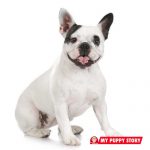
Rose-shaped ears are commonly seen on the whippet and bulldog. This type of ear has a rounded top and then tapers to a point at the bottom, resembling the petals of a rose.

Semi-pricked ears are found on breeds like the collie and Airedale terrier. These ears have a mild point that is slightly more pronounced than with button or rose-shaped ears, making them appear somewhat triangular in shape.

Pricked ears are the most pointed type of ear and are found on breeds such as the Alaskan malamute and the Australian cattle dog. These ears have a very pronounced point at the top, making them triangular in shape, proportional to the head size, and pointing upwards.
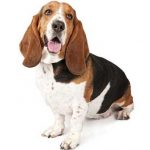
Drop ears with or without folds are seen on breeds such as the basset hound and vizsla. These ears usually lie flat against the side of the head, although some have a slight fold at the base of the ear.

Bat ears are larger than other types and point slightly to the sides. These ears are noticeable even from a distance, as they appear almost too large for the dog's head, like those of the corgi or Chihuahua.

Blunt ears have a rounded shape at the tip, much like that of a bat ear but with a slightly less pointed appearance. The French bulldog is an example of a breed with this type of ear.
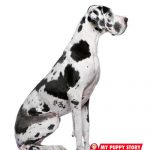
Cropped ears are the ones that have been surgically modified, such as on the Great Dane, Doberman pinscher, or schnauzers. These ears have had their tips cut off to give them a more pointed shape. This practice is often done for cosmetic reasons but can also provide some benefits for the dog.
A thorough examination of both ears is essential before beginning a proper ear cleaning. During this inspection, veterinarians may identify any signs of infection or other abnormalities such as redness, inflammation, abscesses, scratches, or parasites in the ear canal.
The healthy ear should be clear and open, with the same color as the ear flap. Any redness, puffiness, or strange smells should be brought to the vet’s attention right away. Once any potential health issues have been addressed, it is safe to start cleaning your dog's ears.
The most common method of ear cleaning involves using a specialized cleaner and cotton balls. Ear cleaners are available over-the-counter and can be used to reduce wax buildup in the ear canal. Begin by saturating a cotton ball with cleaner, then gently wipe the inside of the ear until clean. If your dog is particularly sensitive or has any underlying medical conditions, it is best to consult with your veterinarian before beginning an at-home cleaning regimen.
After cleaning your dog's ears, it is important to monitor the health of their ears and follow up with regular vet checks. Regular maintenance will help keep your pup happy and healthy for years to come.
Bathing a dog can be a daunting task, especially when it comes to cleaning their delicate ears. However, with the right technique and materials it can be done safely and effectively. Here are some tips that will make bathing your pup much easier:
- Use cotton balls in the ear canals when bathing your dog to prevent water from entering the ear canal and causing infection or other problems.
- This is particularly important for dogs with dropped or folded ears, as they are more prone to infection.
- Even if you have a healthy dog, using cotton balls is still recommended as an extra precautionary measure.
It’s important to keep your dog's ears clean and free of excess hair. Here are some tips on how to do that:
- Hold the ear open and apply ear powder for easier removal.
- Pinch the excess or knotted hairs with one hand, then gently pull a few at a time.
- If the hair is very oily, use cornstarch or baby powder before cleaning out the ear.
Cleaning your dog's ears is an important part of keeping them healthy and happy. The key to successful ear cleaning lies in being aware of the signs that indicate a potential infection or other problem, such as redness, puffiness, or strange smells. By using cotton balls during bathing and removing excess hair with cornstarch or baby powder before cleaning out the ear canal, owners can help keep their pup’s ears clean and safe from harm. Regular vet visits are also recommended for monitoring any changes in health status. With these tips in mind, you should be able to give your furry friend the best care possible!
